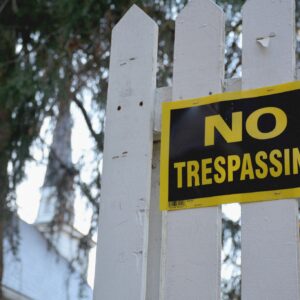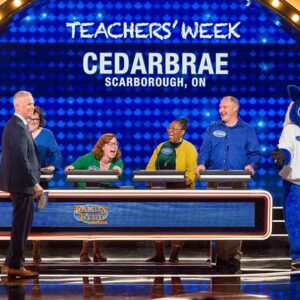
I became a dungeon master in perhaps the best way possible — by accident.
I wasn’t elected like a class president and hoisted to the ceiling by my peers on a gaming chair as confetti shot off into the air. I was simply, the one with the rulebook and the many variations of dice.
Let’s start at the very beginning, though.
I wanted to start a new hobby of sorts and in my head I wanted to try something unconventional. This brought me to the most widespread role playing game, Dungeons and Dragons (D&D), brought to publication first in 1974.
There are so many chances that regular civilian folk have consumed D&D in some form of media.
The iconic fantasy role-playing game is also having a moment right now. It was confirmed that 2017 was D&D’s biggest sales year in history, thanks in large part to streaming.
So a few googles in and a “All Things DnD” Facebook group add later, the internet was telling me that I had to start with the starter kit. I flew up to grab one at the nearest Indigo and invited four friends to try it out with me on a Sunday night.
They reluctantly agreed and we met up to eat pizza, munch on snacks and design characters. We sat ourselves in my office, clustered around a single table with the sets of polyhedral dice to roll in the middle.
But the first thing I learned about D&D in a matter of moments, which disappointed one of the players that I invited to Sunday nights session, is that you only need a copy of the rules, some pencils and paper, a set of dice, and your imagination.
There is no game board. Literally everything is played out while listening to the dungeon master and visualizing it in your head. To even make you character do something takes imagination.
This is because you can literally do anything. D&D is set in such a free moving world. Want to start a fight? You can start one. Want to fly? You can, as long as you have the right mediums. Of course, there is the game director who mediates the massive rulebook known as the dungeon master — whom I actually enjoyed to serve as.
Basically, the gist of the game is to create a player following the rules and giving said player certain qualities and a unique personality to go on a campaign with other players of a party. You then choose a bunch of items that follow your race and everything else and boom, you’re ready to start questing.
The other thing about this game is that hours feel like minutes. And I, on the other hand, as the DM had to scramble to read as much of the rule book as possible, then begin with scene setting.
What began to unfold once I started to read the DM script was precious.
Under my description, we were all transported to the world of Neverwinter, the fictional lands in the starter kit of D&D, and man, it was fun. It was like reading a book but not reading a book. It was like life but not like life.
The game I had dubbed nerdy, was better than both — and I wasn’t even a character. I got to see how my players actions caused reactions and consequences, and I watched their wit take over in situations where I had none.
One of my players, the elven wizard, could speak goblin and manipulated a goblin to tell us secrets. ‘Can he do that?’ I thought in my head as I scoured the quest book. ‘Yes he can,’ it replied as it gave me a ton of information to tell him through the goblin that was unbeknownst to me throughout the whole quest. It was exciting as much as it was funny.
In the end, we were only supposed to play for a few hours, but that quickly turned into five and all of us left satisfied with our campaign and spoils.
It was the anti-thesis to the quote that says “one day as a kid, you went inside and never came back out to play,” because a bunch of us college students came inside to play.











